Let's discover the charm of Băile Herculane(Herculane Baths): from the Imperial Neptune Baths to the Apollo Baths Museum and the Outlaws' Grotto
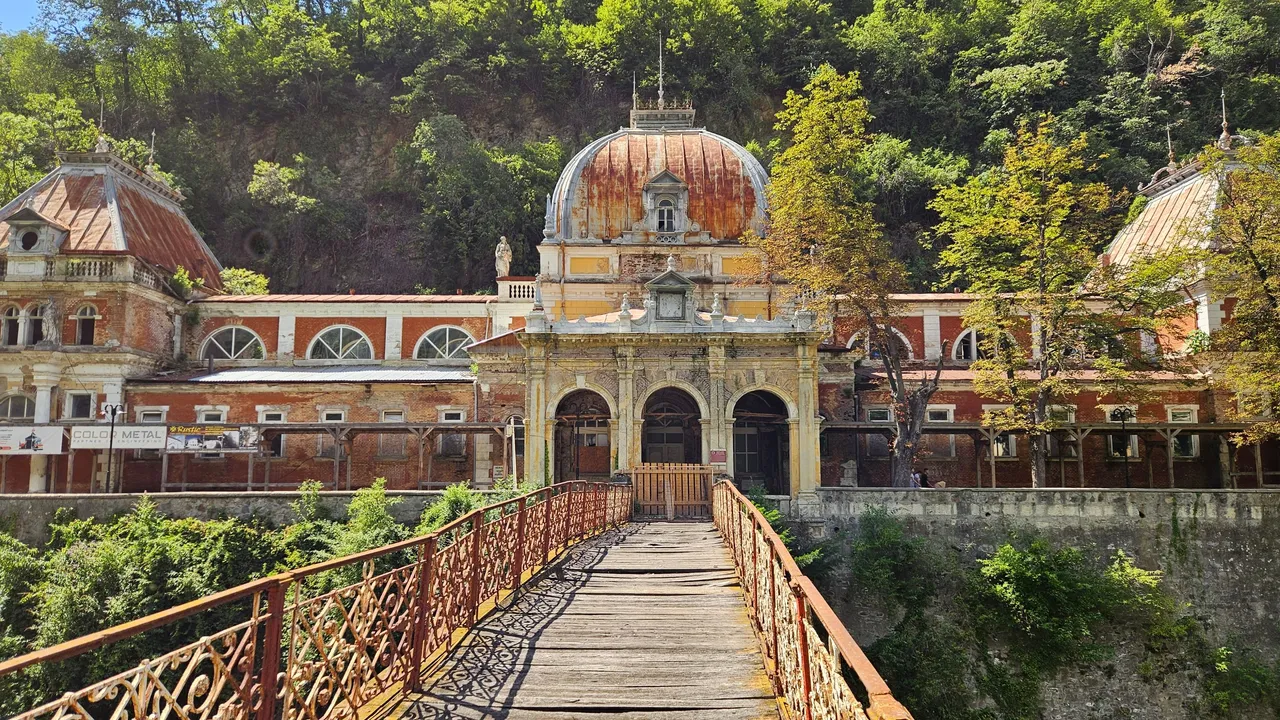
Hello travelers
This time we will visit together one of the oldest resorts in Romania, Băile Herculane in Caraș-Severin County (Romania).
This resort was the pearl of Romanian resorts a few decades ago, but time has passed this place and sometimes the indifference of the authorities led to the collapse (figuratively speaking) of this resort town.
But come with me to see what this resort looks like at the beginning of August 2025, I was really curious if the resort has started to come to life.
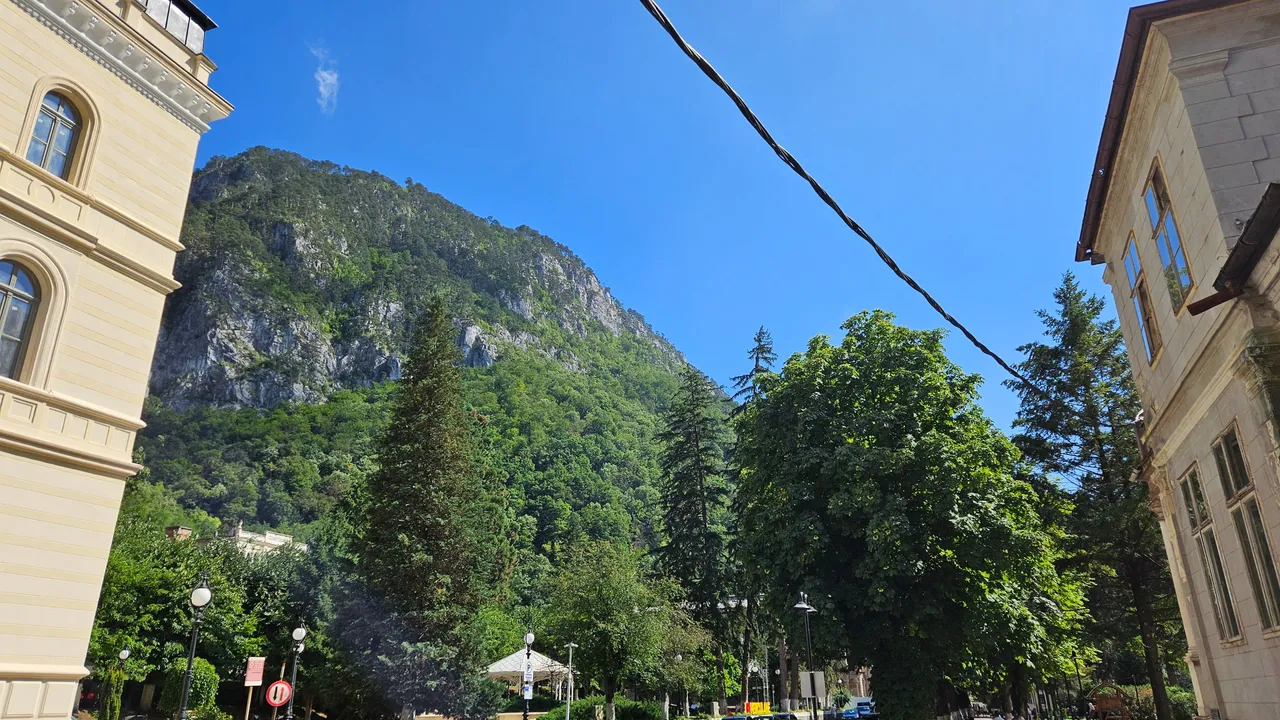
And here we arrived by personal car, we easily found a parking space right in the center of the resort, and here we used a mobile application to pay for our parking which cost around 6 euros for a whole day.
But I can't continue until I take you through a brief history of the resort.

As one of the oldest localities with continuous anthropogenic presence on the surface of Romania in the upper Paleolithic (approximately 10,000 BC), Baile Herculane (Aqua Herculis) reveals its first human settlement in the region through the Cave of the Thieves, located 500 m north of the baleoclimatere resort, on the right of the Cerna River, at a relative altitude from the water wire of 50 m.
The traces discovered date from the musterian, the Upper Paleolithic, the Neolithic, the Eneolithic, the Hallstat, the Dacian-Roman era and the medieval one.
The effectiveness of the springs and the picturesque location of the resort within the valley sheltered by mountain relief has made the resort to be inhabited since ancient times.
The therapeutic efficiency of the springs within the settlement was known by the Romans, according to a first epigraphic mention, from 153 AD.
During the Roman civilization, the resort was called Ad Aquas Herculi Sacras Ad Mediam, constituting a real point of attraction for the aristocracy of Ancient Rome. Thus, the resort was visited over time by great personalities, such as Emperor Marcus Aurelius (from the Roman period) and his mother – Iulia.
Since the Austrian period of development, we recall the visit of Emperor Franz Joseph and Empress Elisabeth, the first specifying that it is “the most beautiful resort on the continent”.
The value of these lands is attested by history in the first instance, not being accidentally building this resort by the Romans at the margins of their empire.
With the withdrawal of the administration and the Roman army, during the reign of Emperor Aurealian, there was the decay of the baths compared to the period of brilliance in Roman times.
Thus, by the Treaty of Passarrowitz on July 21, 1718 – which ended the war between the Ottoman Empire and the Habsburg Empire – the Venetian Republic, the Ottoman Empire loses the Banat of Timisoara, Northern Serbia, Bosnia and Oltenia in favor of the Austrian Empire.
Later, during the Austrian rule, they rebuilt and developed the resort, like the Romans, on the outskirts of the Austrian Empire.
Since 1736, the reconstruction and modernization of the bathrooms and access infrastructure takes place. The Banat border guards build a large part of the edifices in the resort within the settlement.
Thus, if during the Romans remained a series of vestiges such as aqueducts, baths, voting tabulations, statues – erected in homage to the gods for healing effects, from the Austrian period date the edifices placed in the historical center of the resort, which bear the imprint of an Austrian Baroque style.
These include Hotel Apollo (Pavilion 4-Hotel Francis, 1824 and Pavilion 3 – Teresian Hotel, 1853), Pavilion 1811 (Diortia of the Baths, 1811), Hotel Ferdinand (1838), Casino (1864), Hotel Decebal (Franz Joseph, 1865), Hotel Traian (Rudolf, 1871), Pavilion 6 (1906).
Between 1936 and 1939 the Cerna hotel was built, according to the plans of the architect Ion Precup.
The third stage of development. The last stage of development of the resort was represented by the period of the seven and eight decades of the 20th century, then a rebirth of the resort occurs as a result of the investments made.
I hope I've captured your attention with so much exciting information, now it's time to quickly move on to the first objective I want to share with you today, namely the Neptun Imperial Baths.
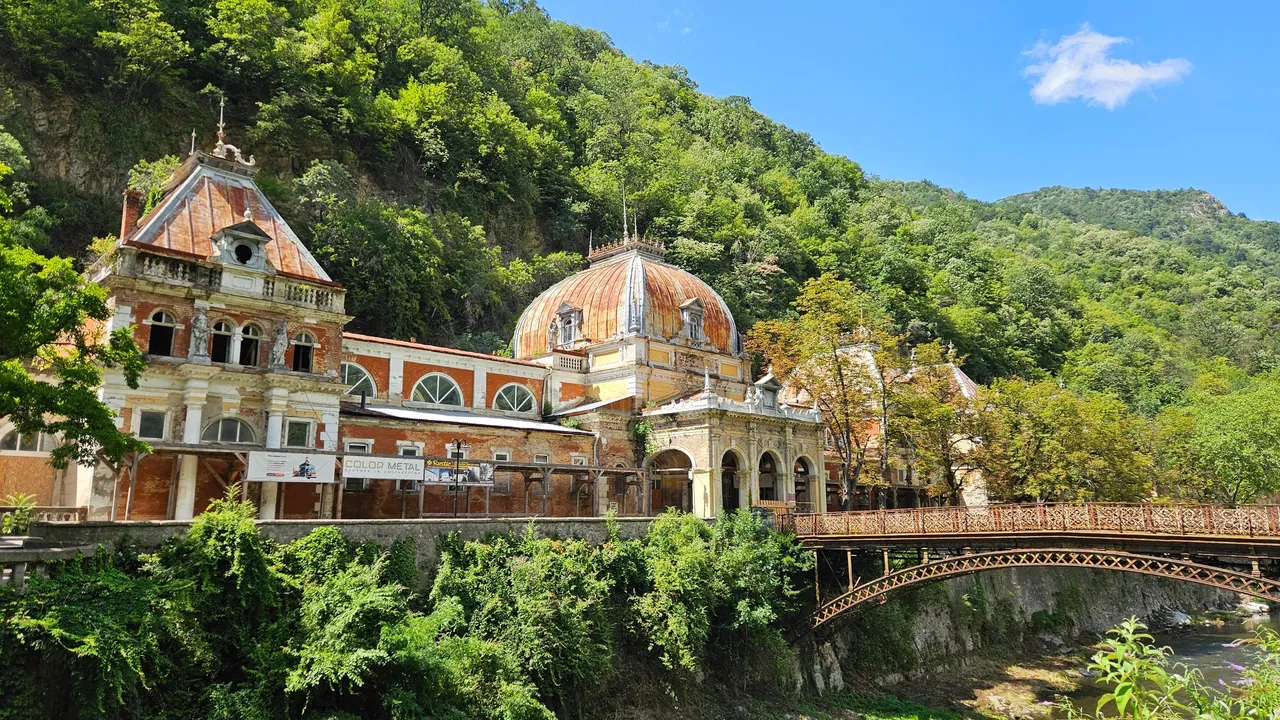
The Imperial Neptune Baths today represent a building with amazing architecture, but unfortunately the building is a ruin and cannot be visited inside due to major risks.
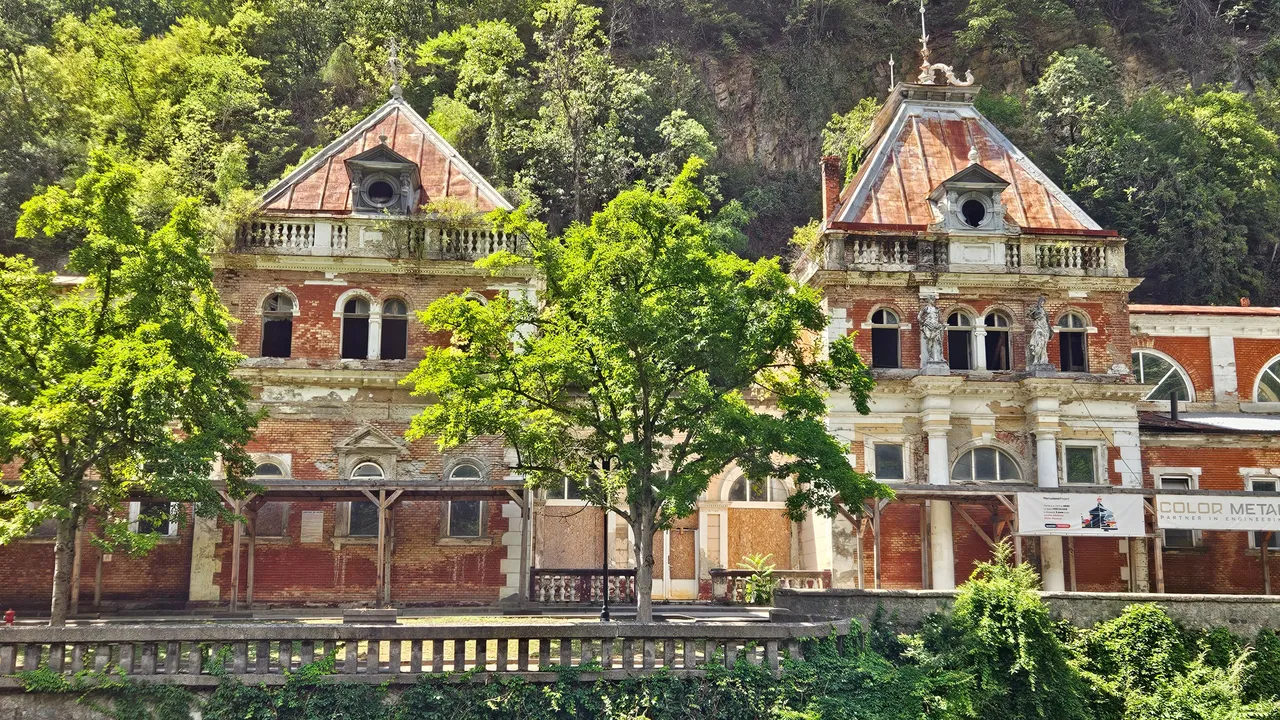
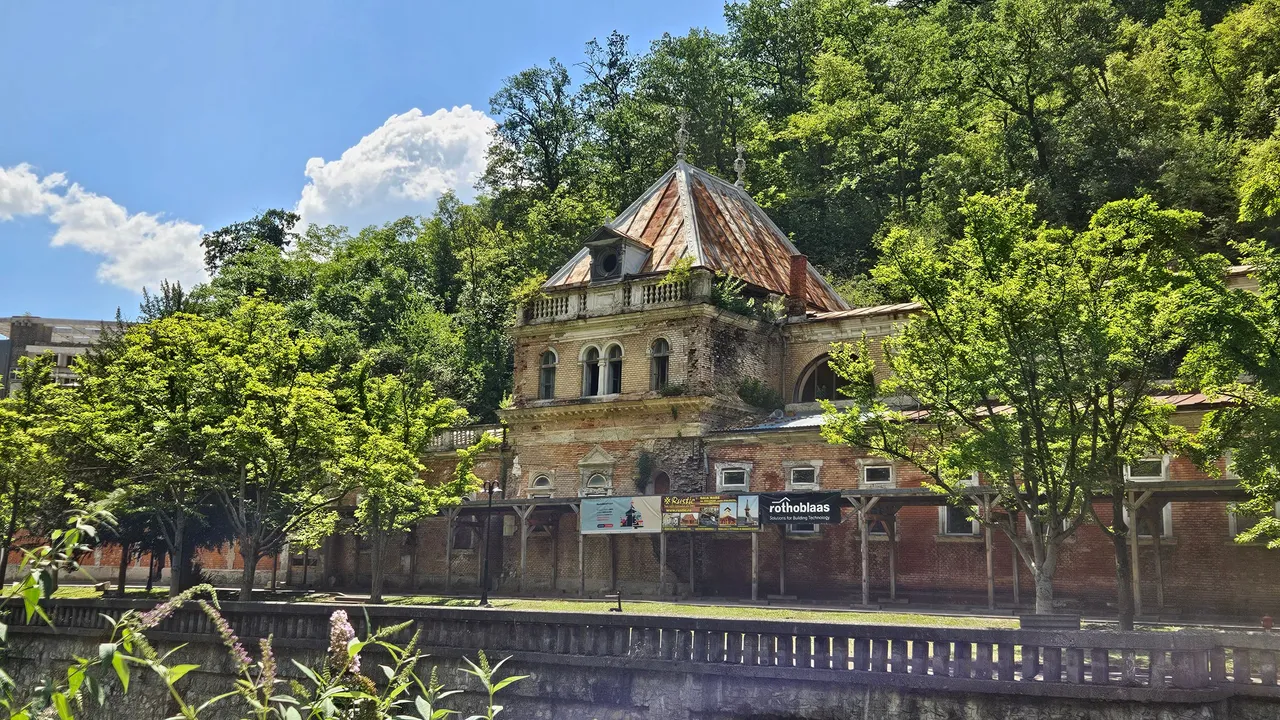
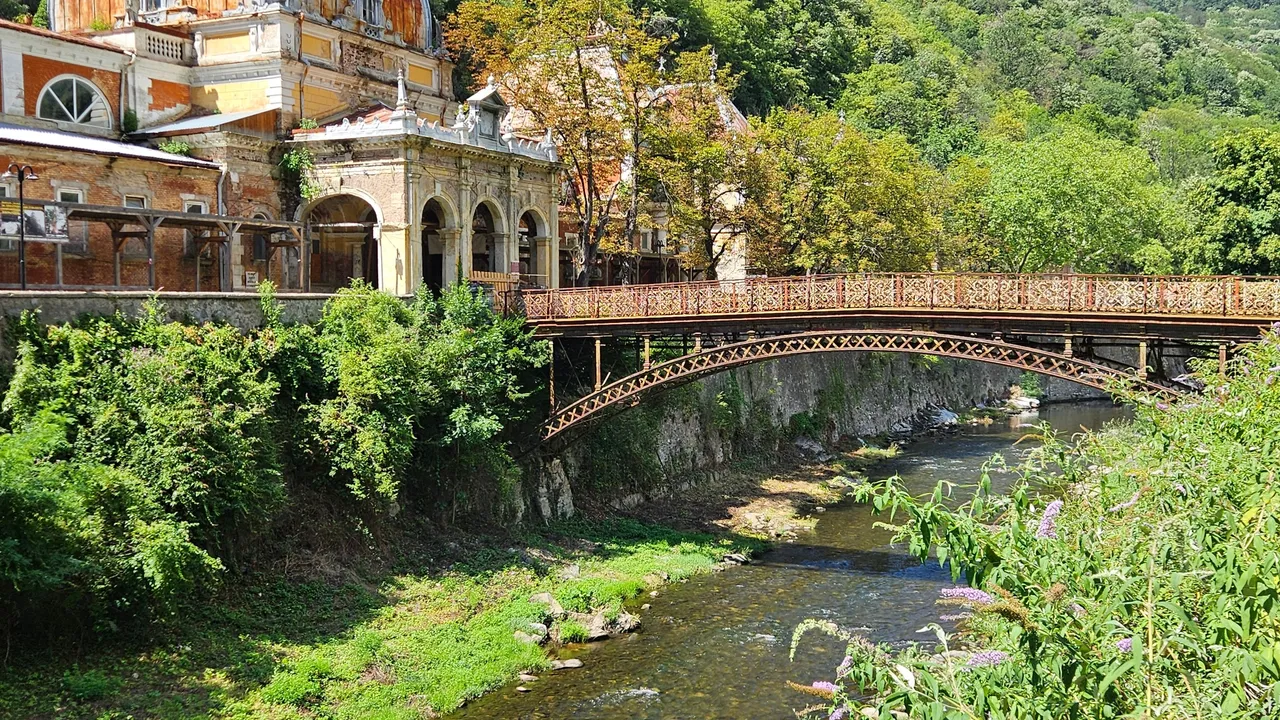
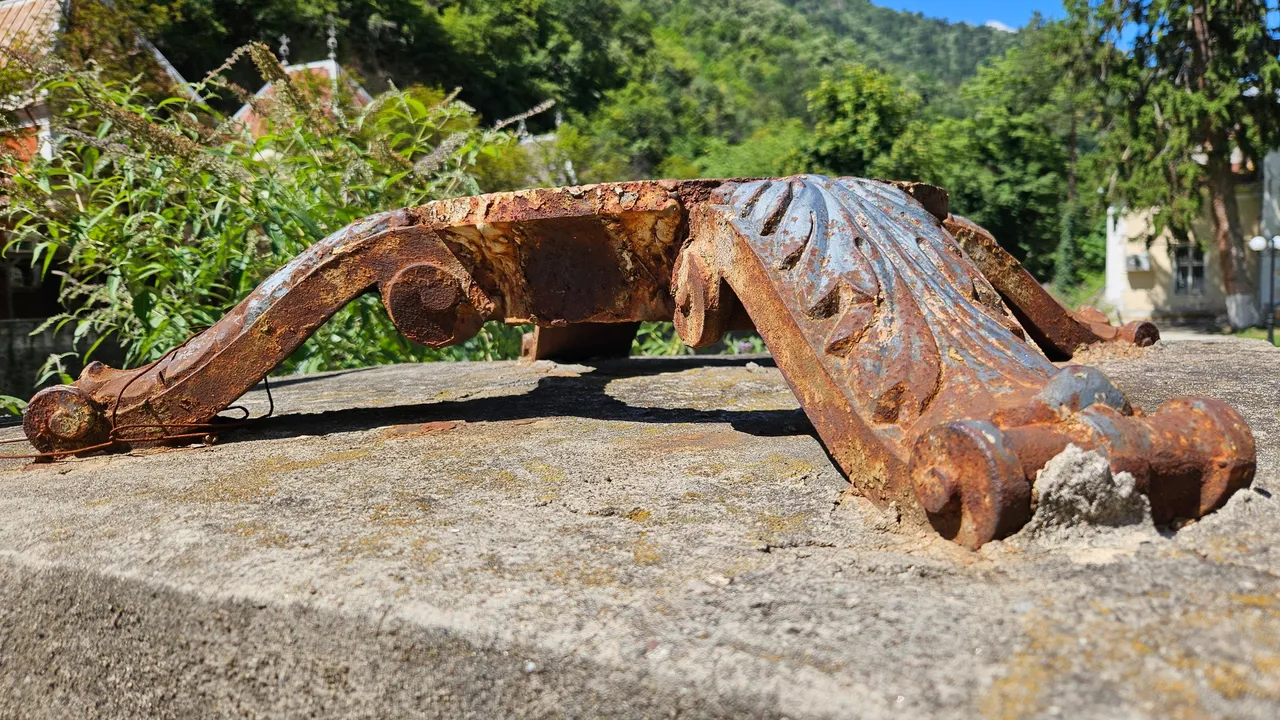
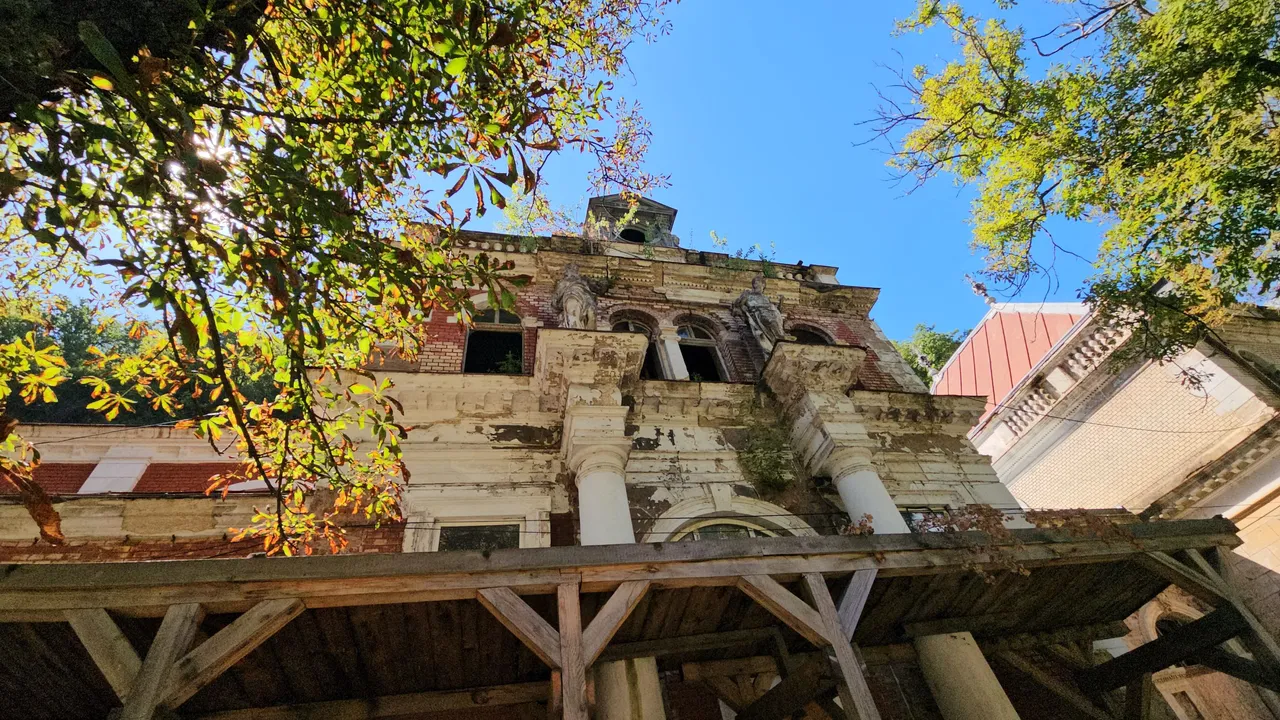
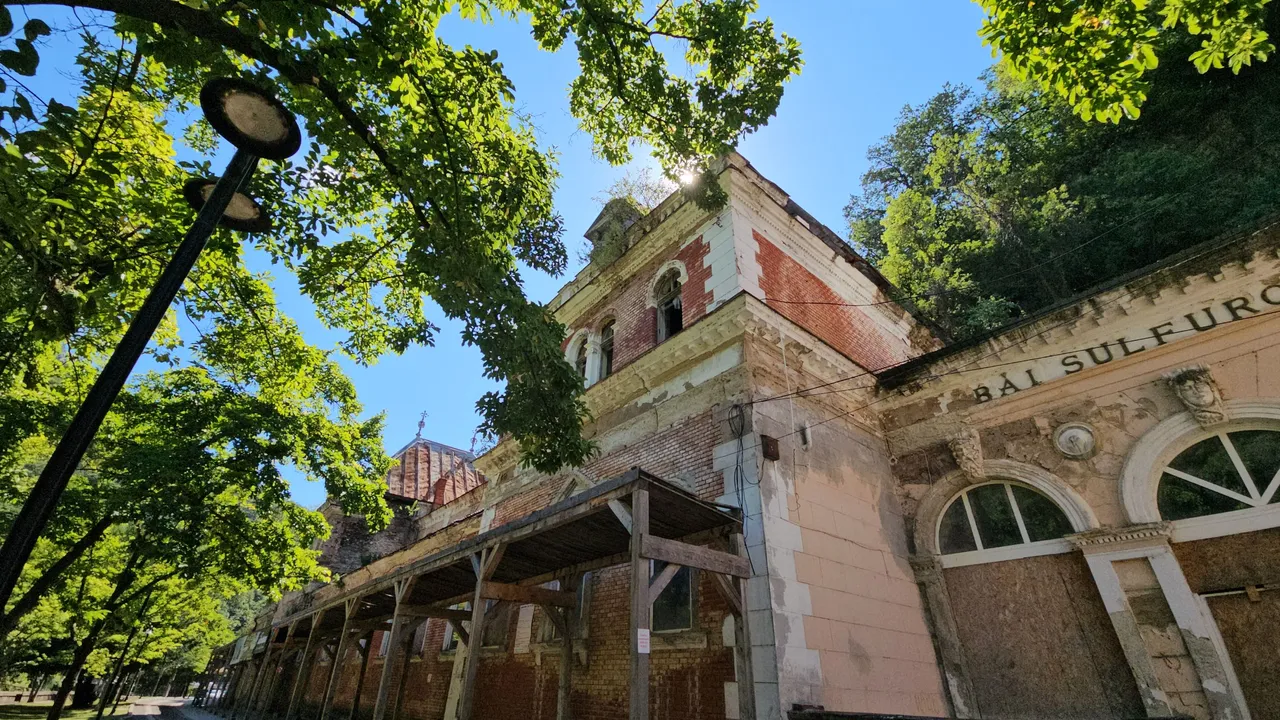
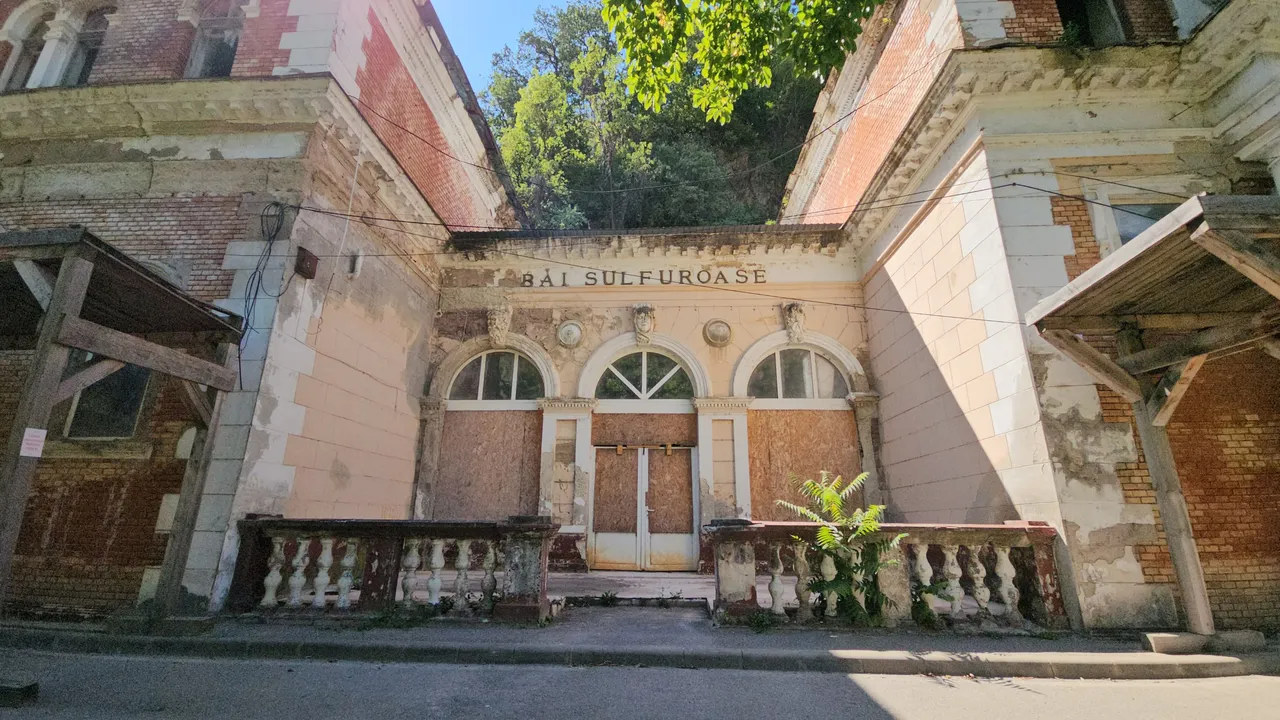
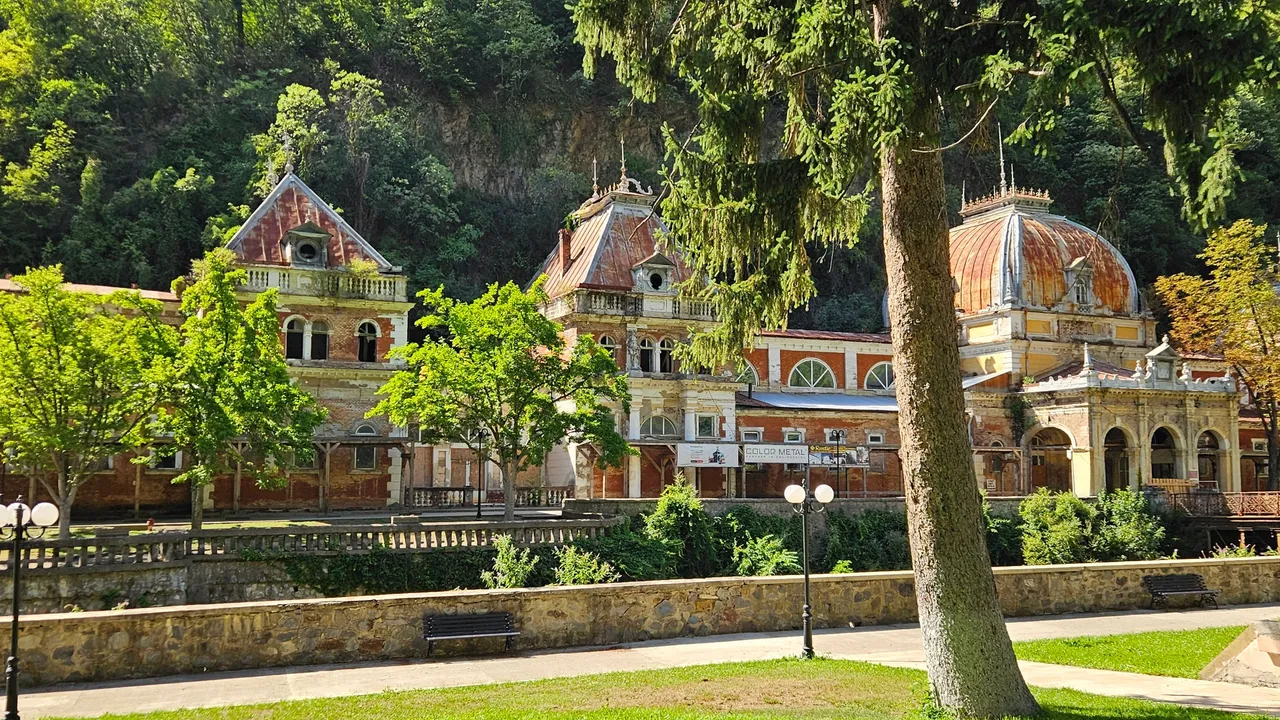
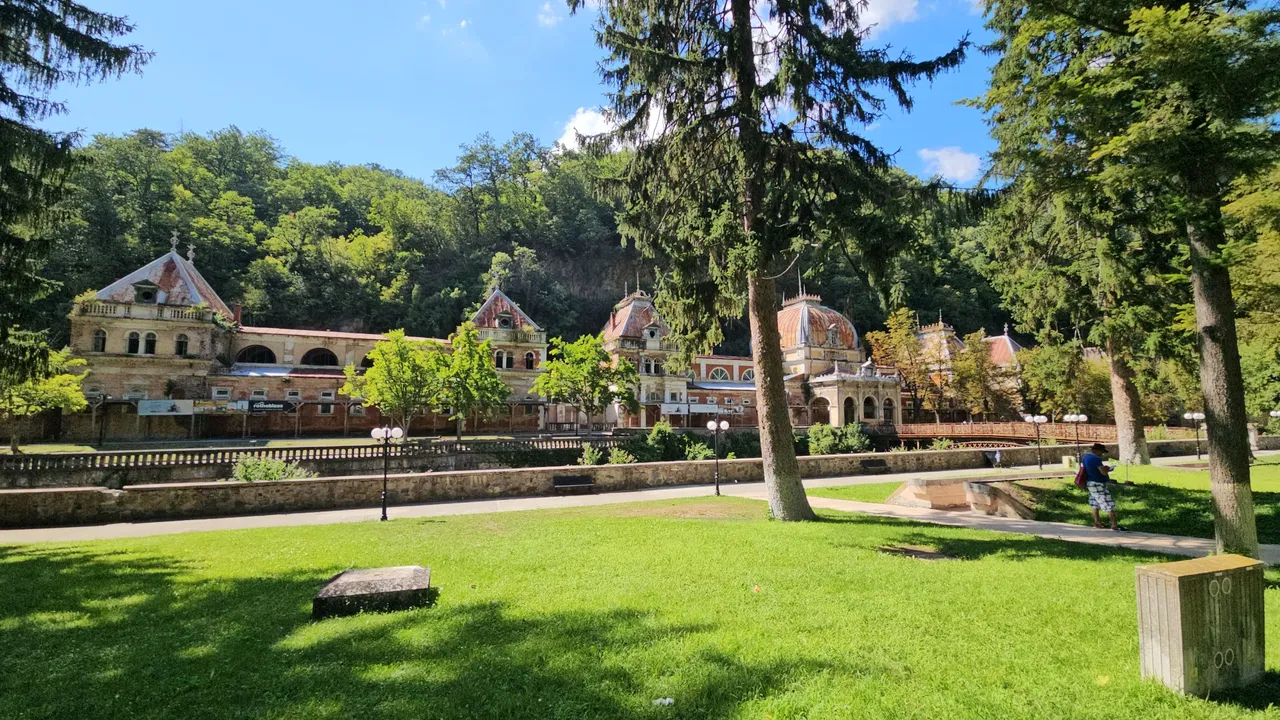
We just looked at it from the outside and I can say that it is fabulous.
We take a few more steps through the city center and then stop at the Apollo Baths Museum.

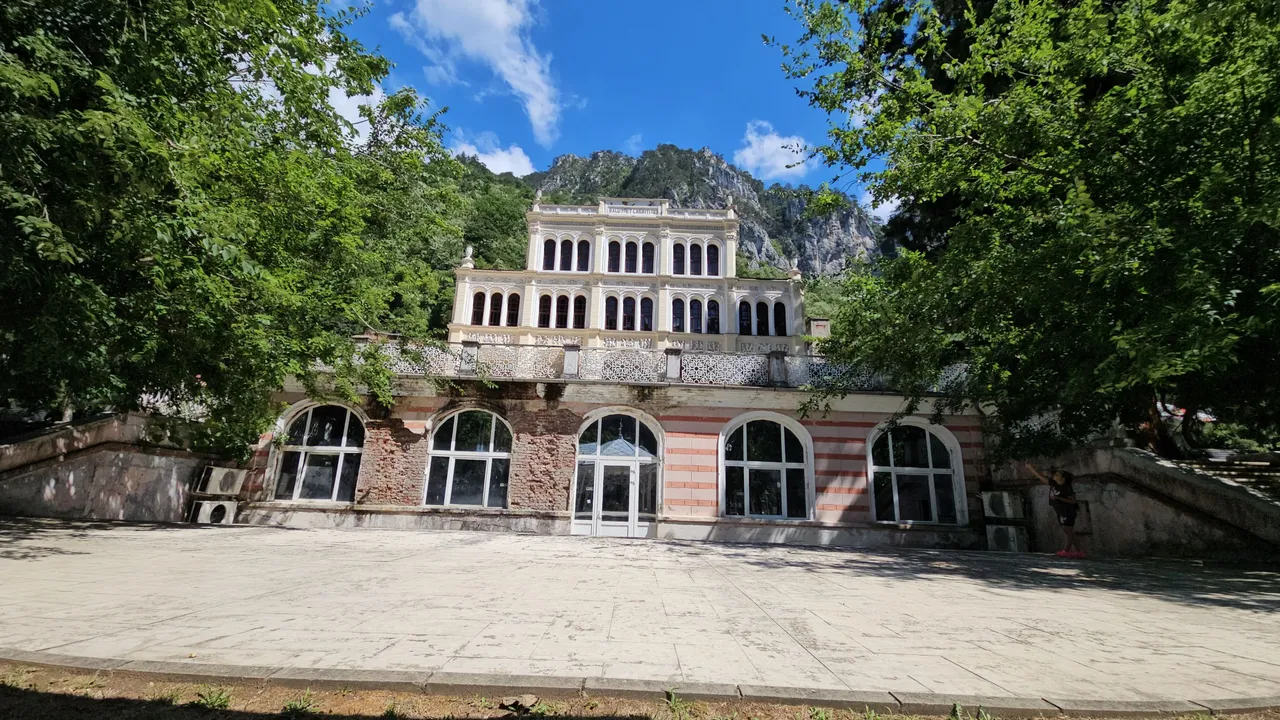

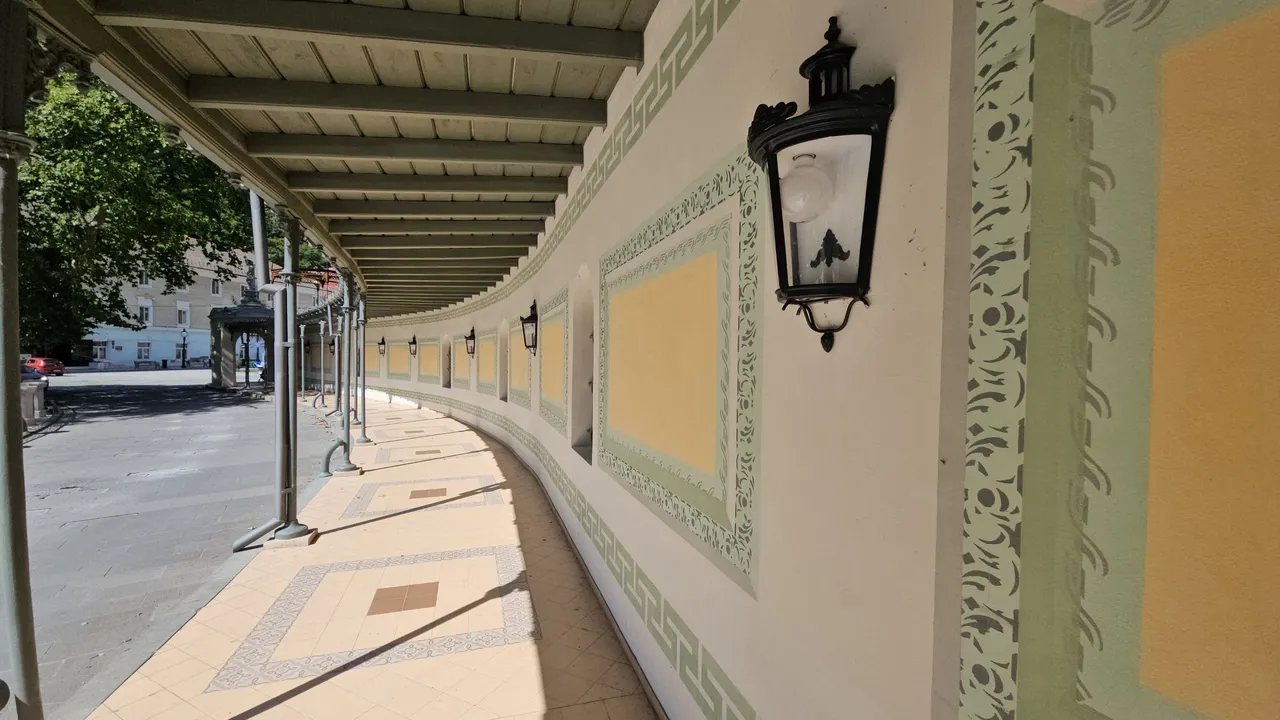
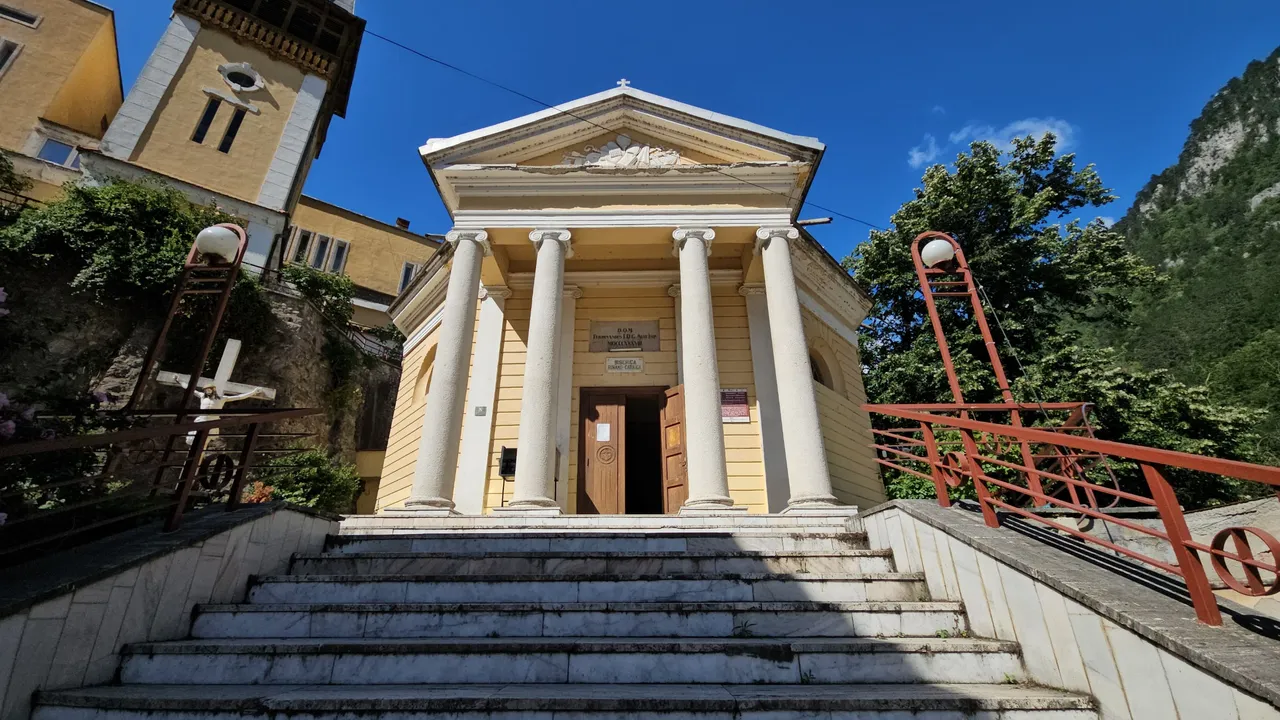
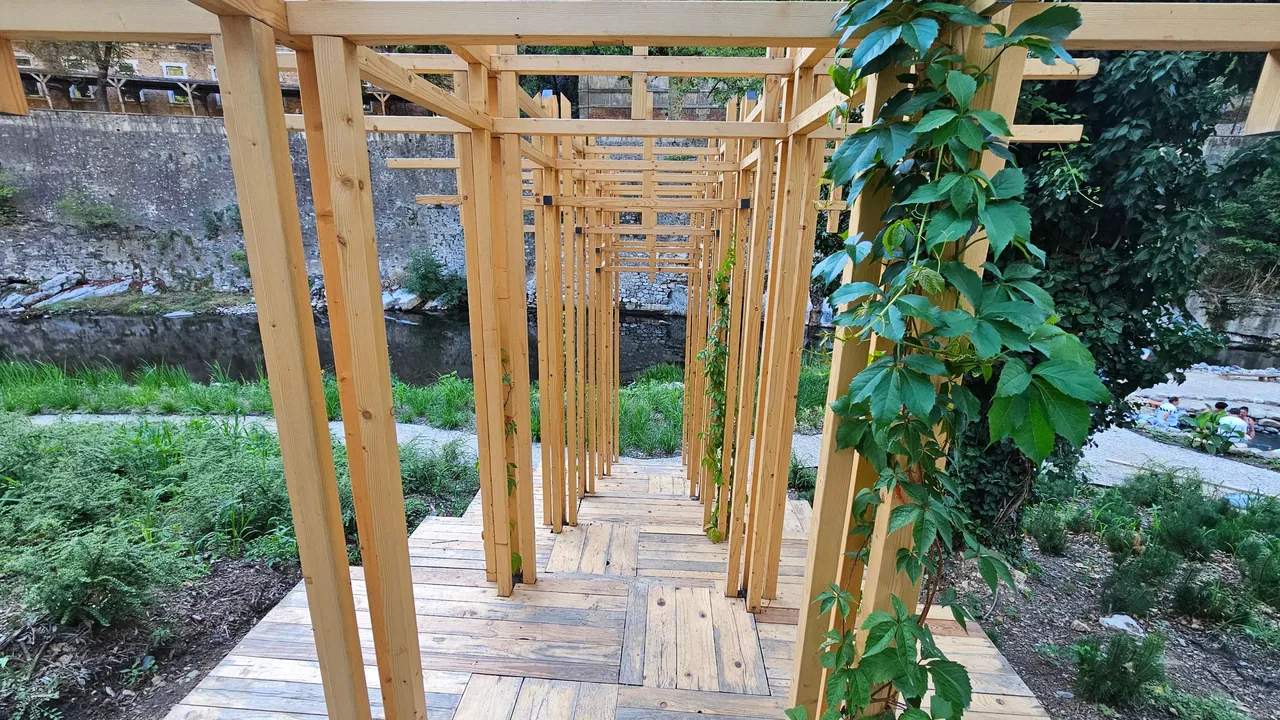

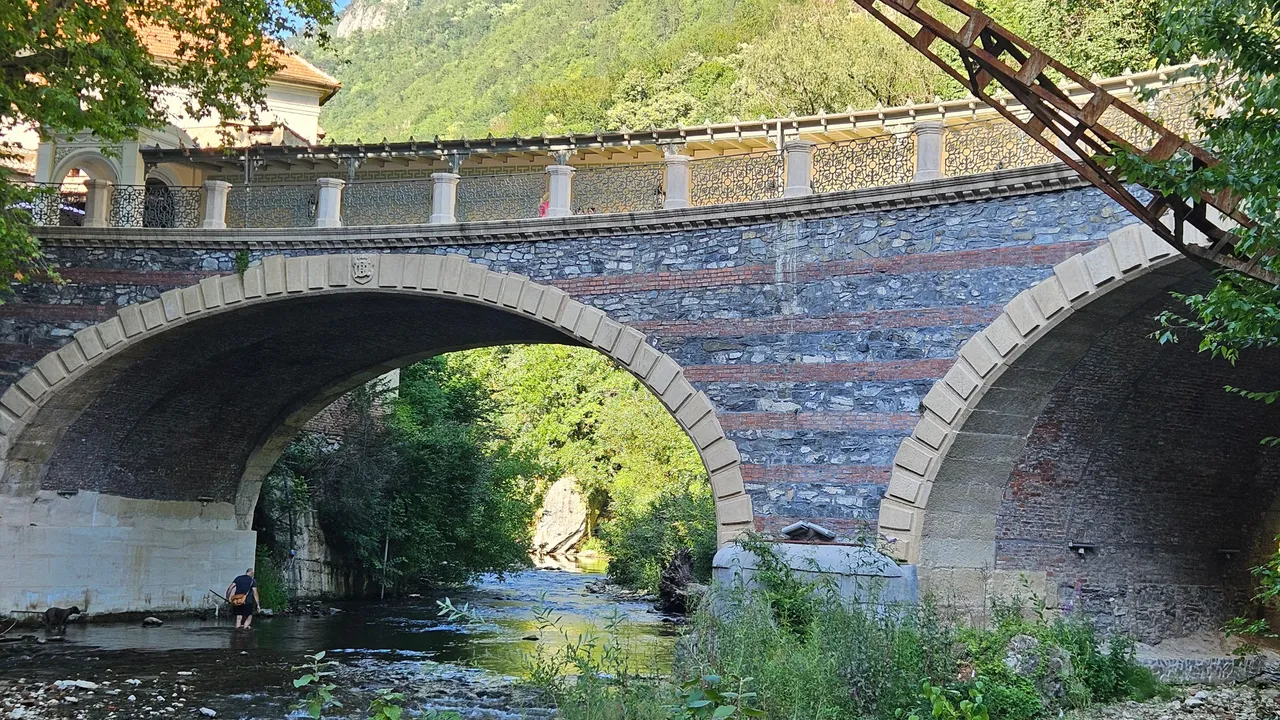
Apollo Baths Museum
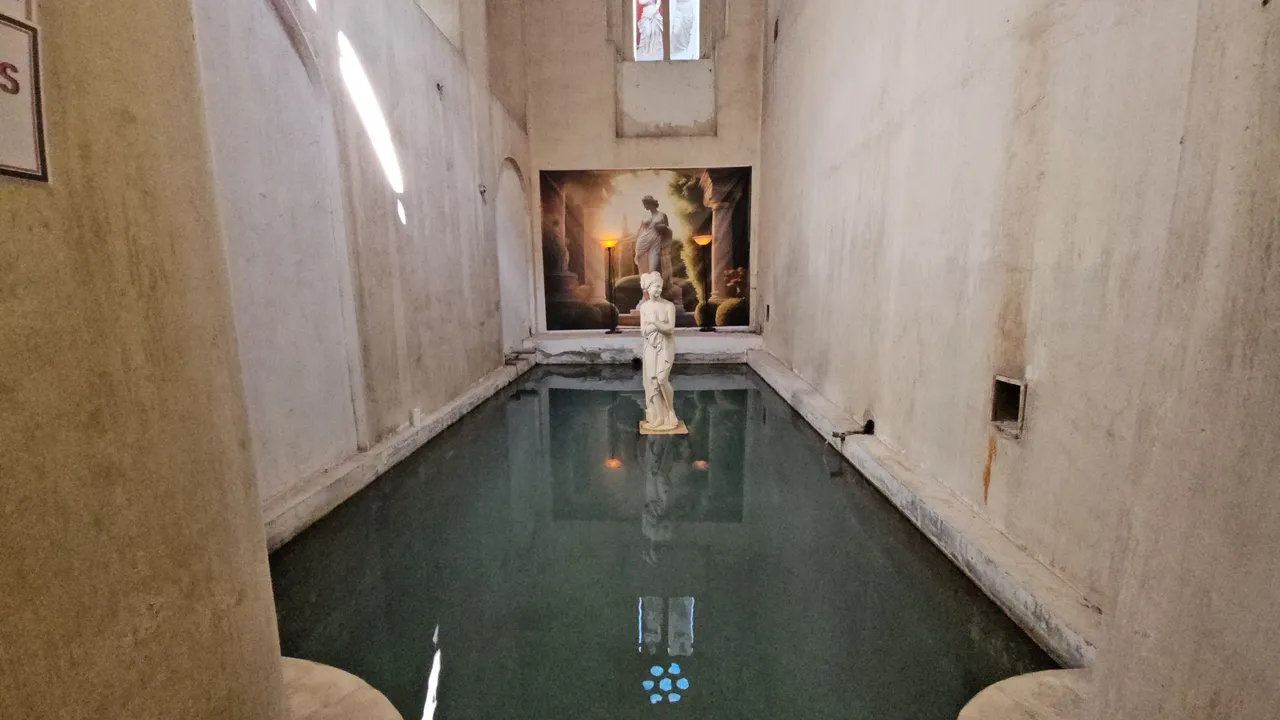
The entrance ticket here costs 15 lei/3 euros/person and the visiting schedule is Monday to Sunday between 9 am and 8 pm.
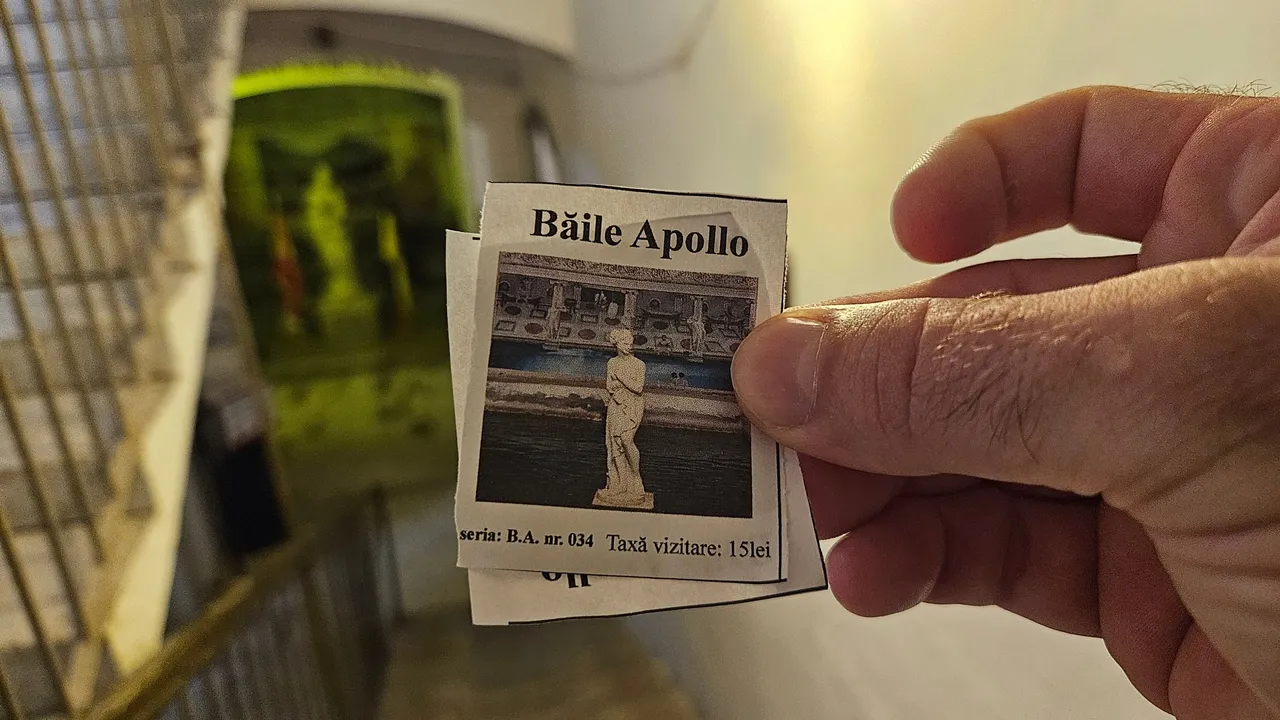
These baths date back to Roman times, and even today we can still see pieces of the wooden pipes through which the Romans brought thermal water here.
Here we visited several rooms that represented the place where the great personalities of the time came to relax, from emperors and empresses to the basic people of society from those times.
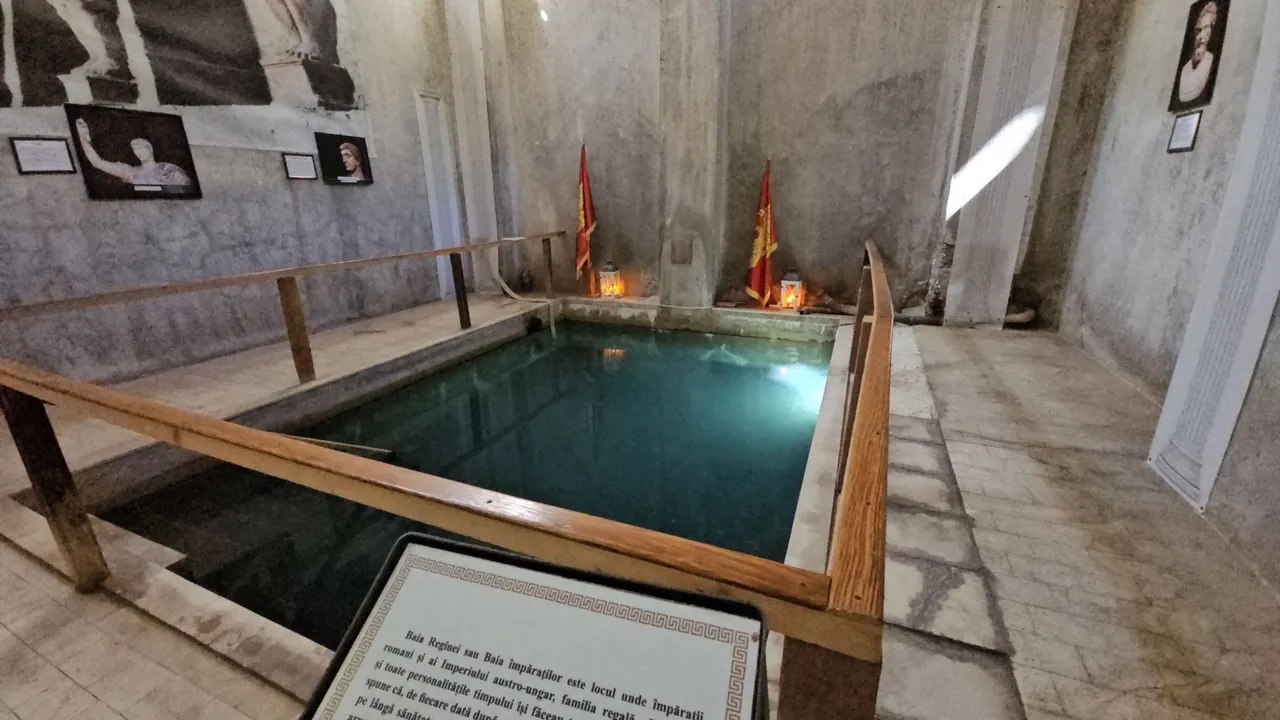
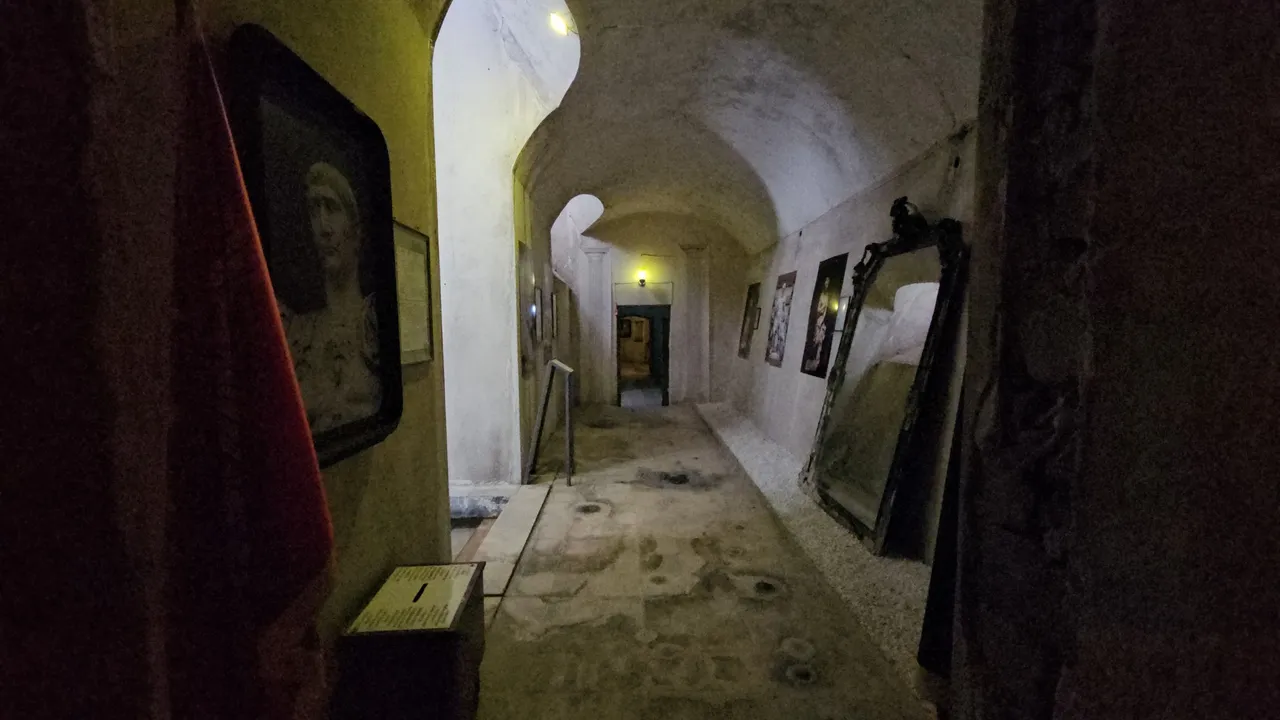
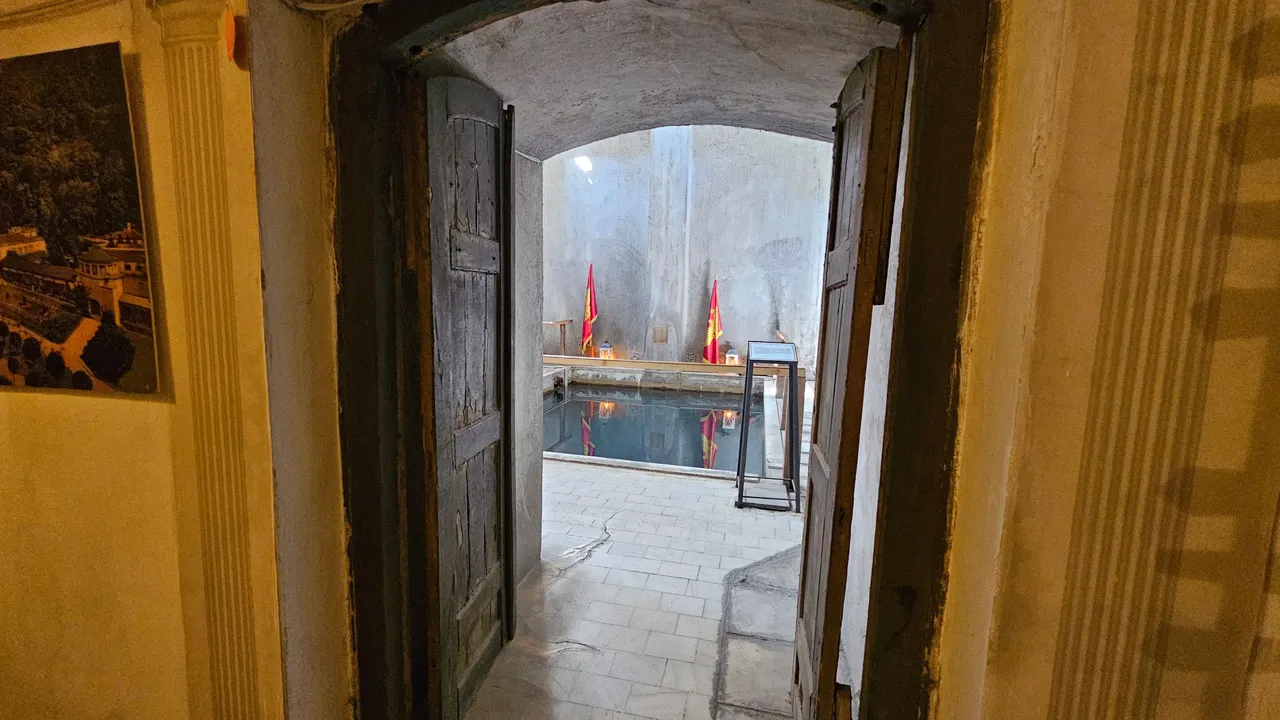
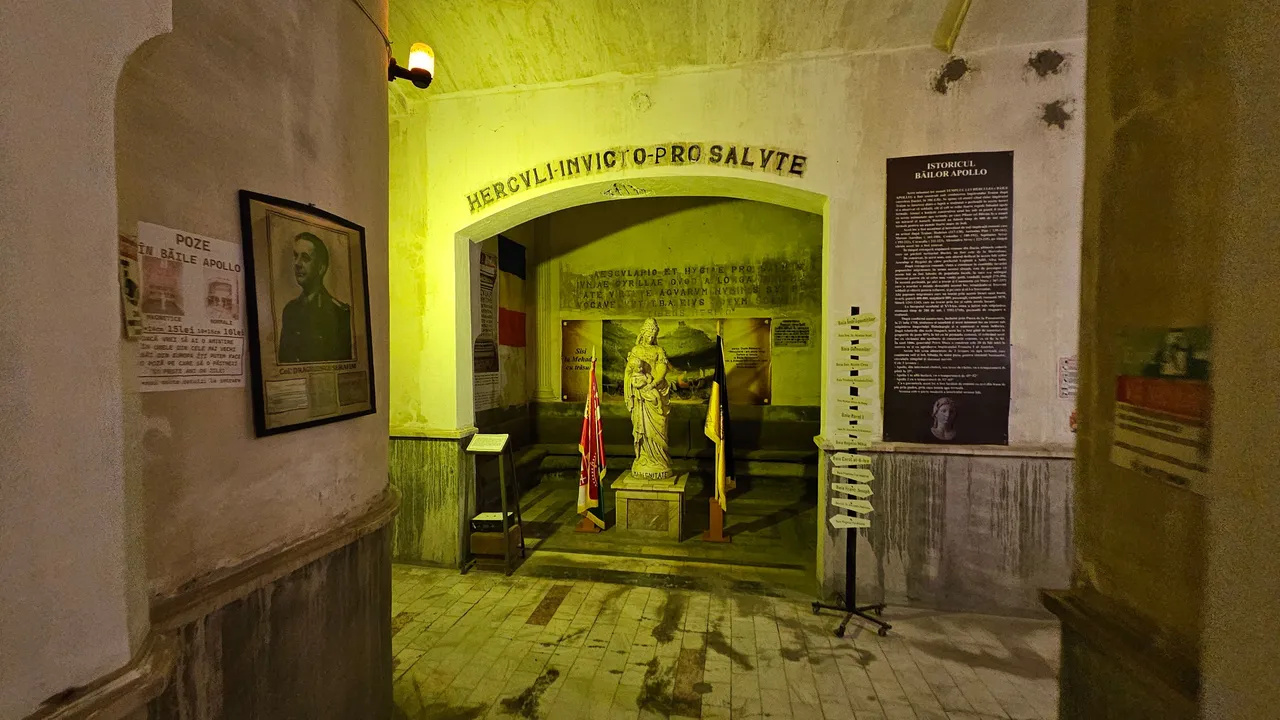
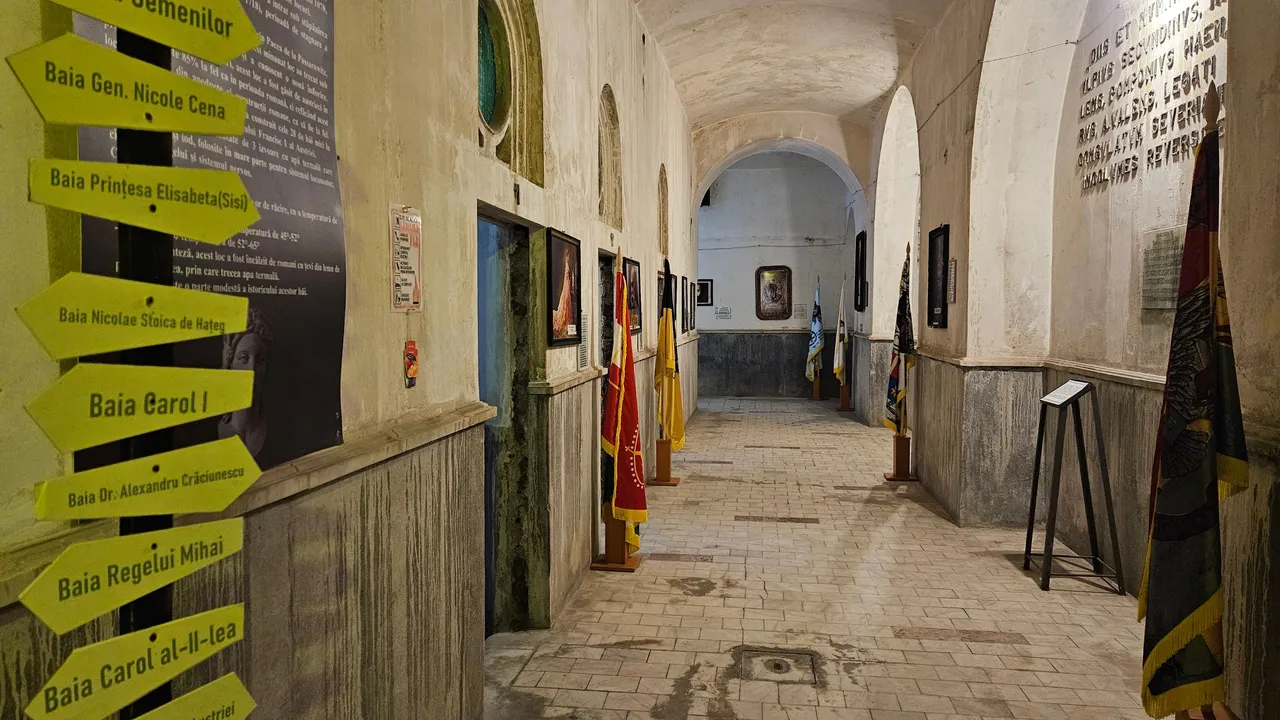
We quickly head towards our last objective today, the Outlaws' Cave.
While we were visiting the resort, we decided to take a walk to the Outlaws' Cave, which is very easy to get to, you don't need very good training or sophisticated equipment.
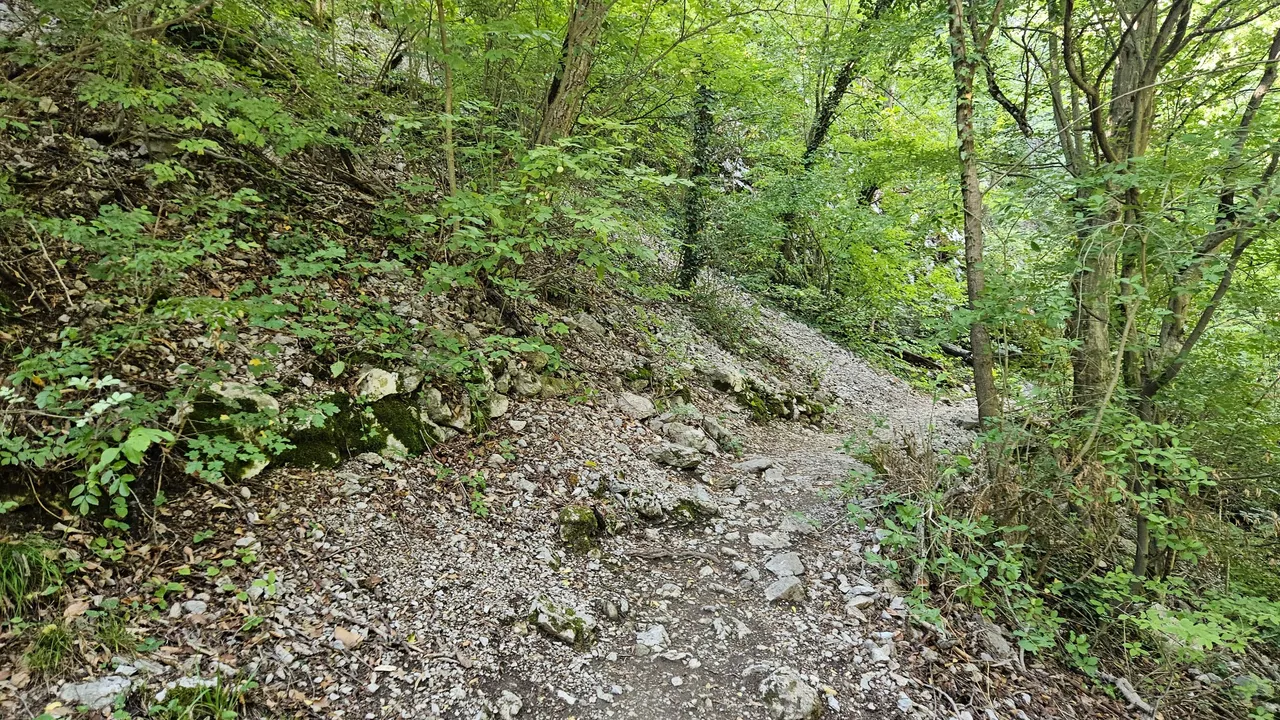
The Outlaws' Cave is located quite close to the center of the resort, at an altitude of 186 meters, so you don't have to make too much effort to get here.
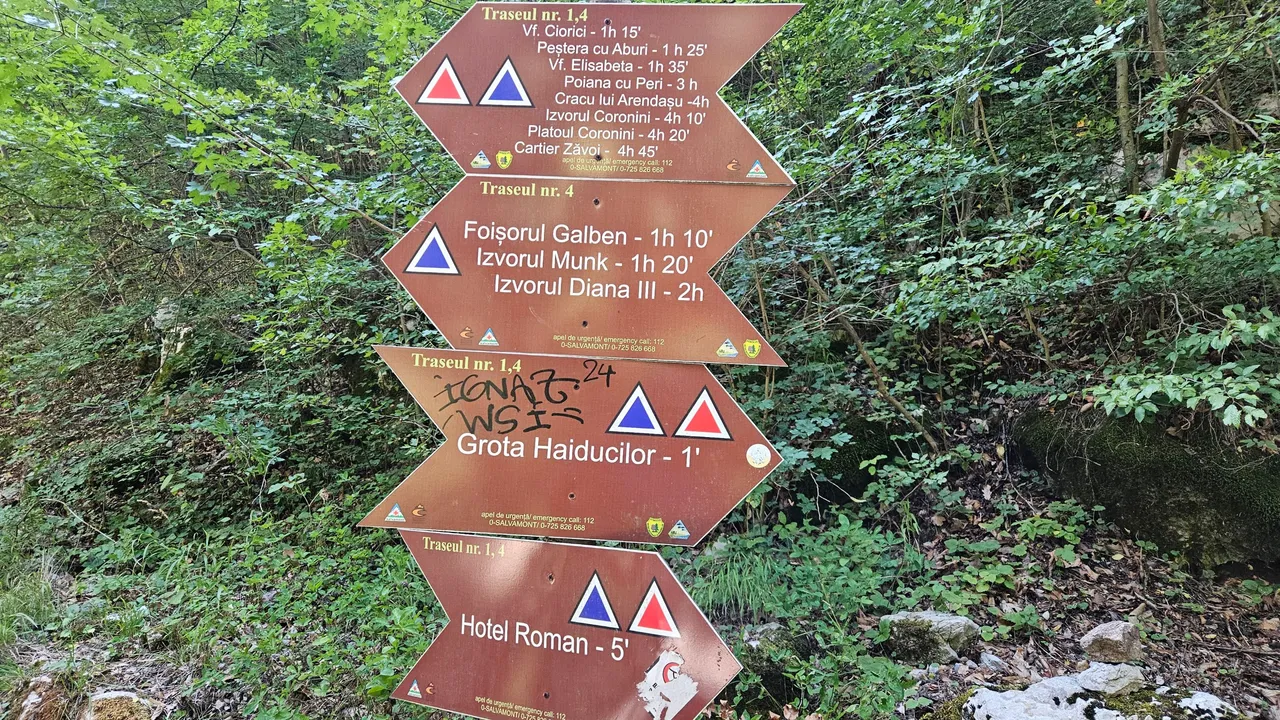
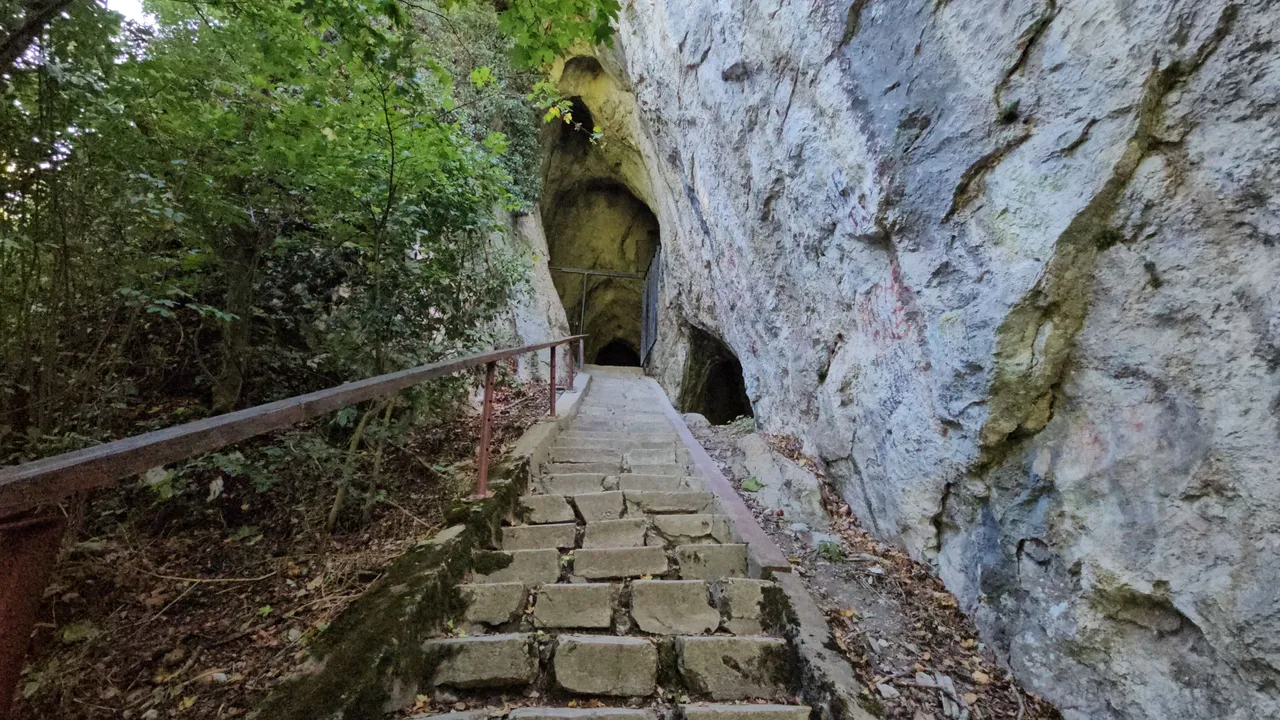
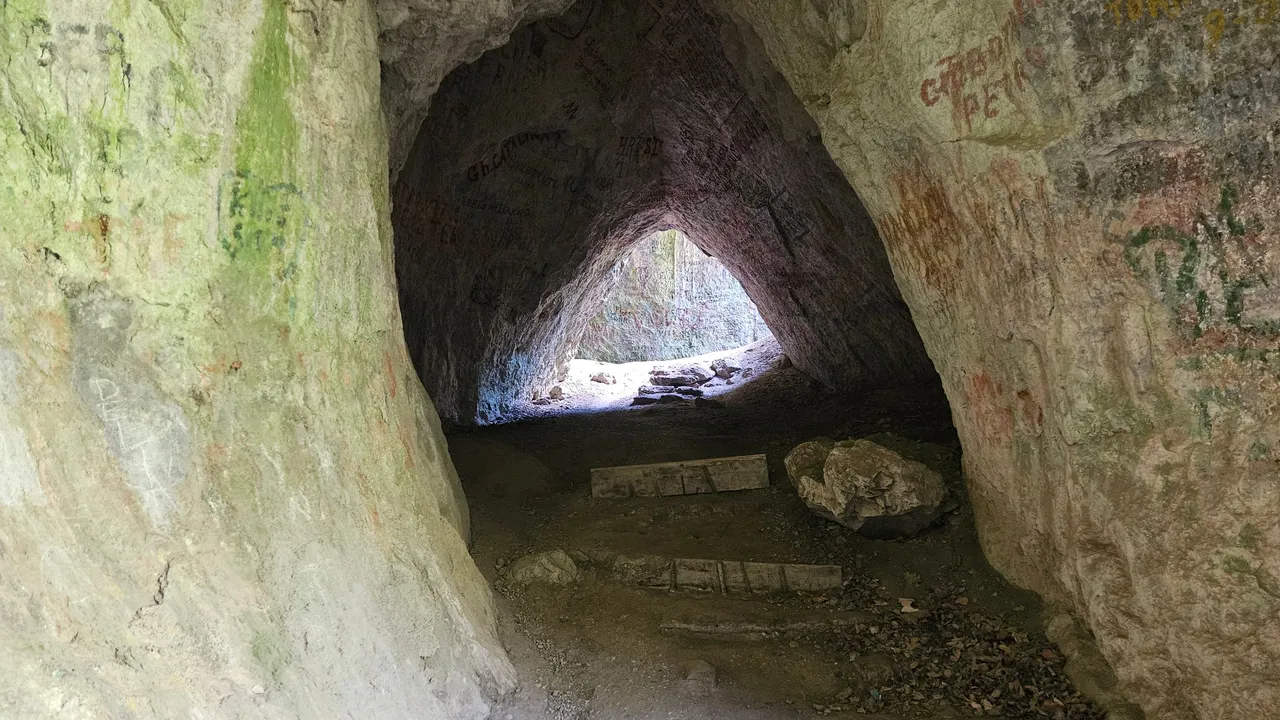
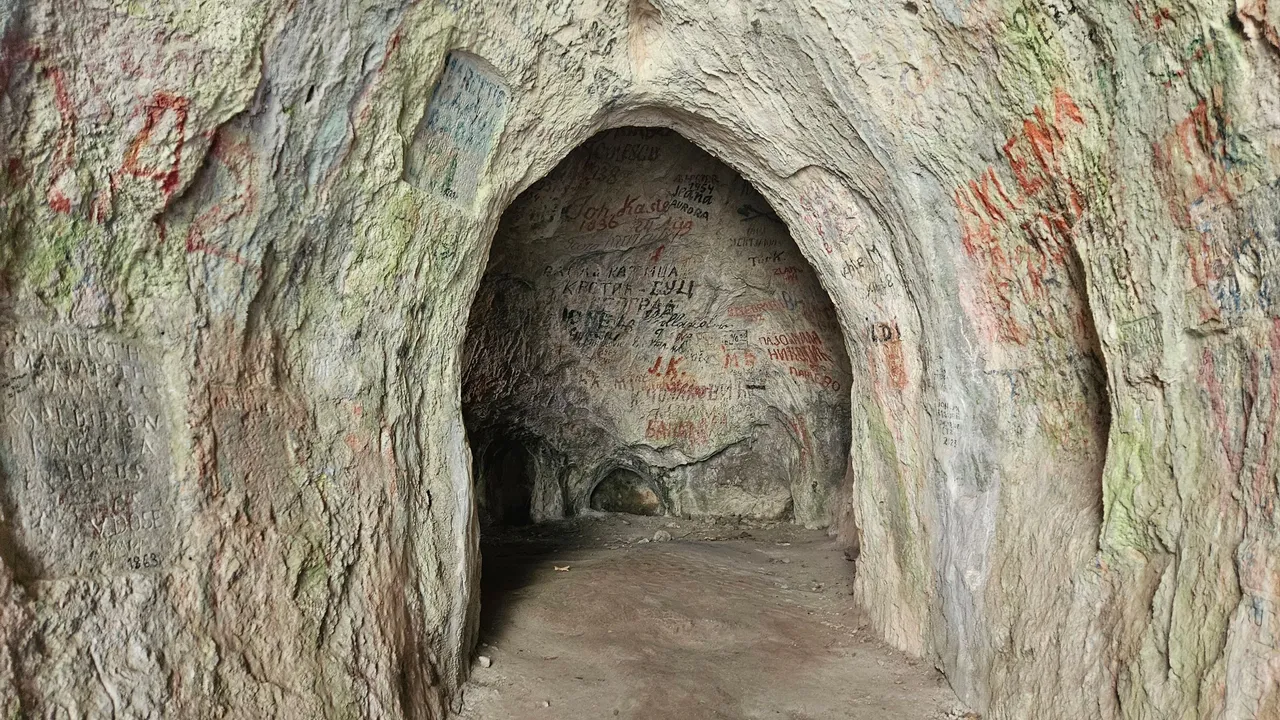
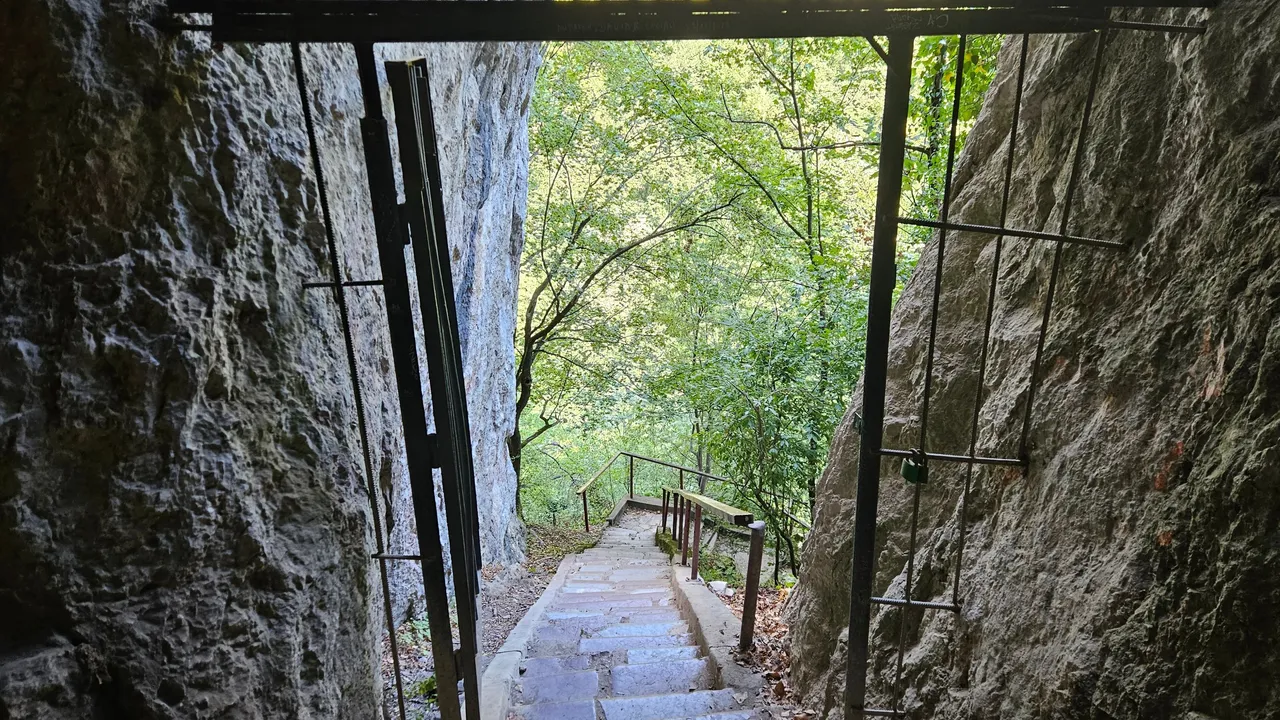

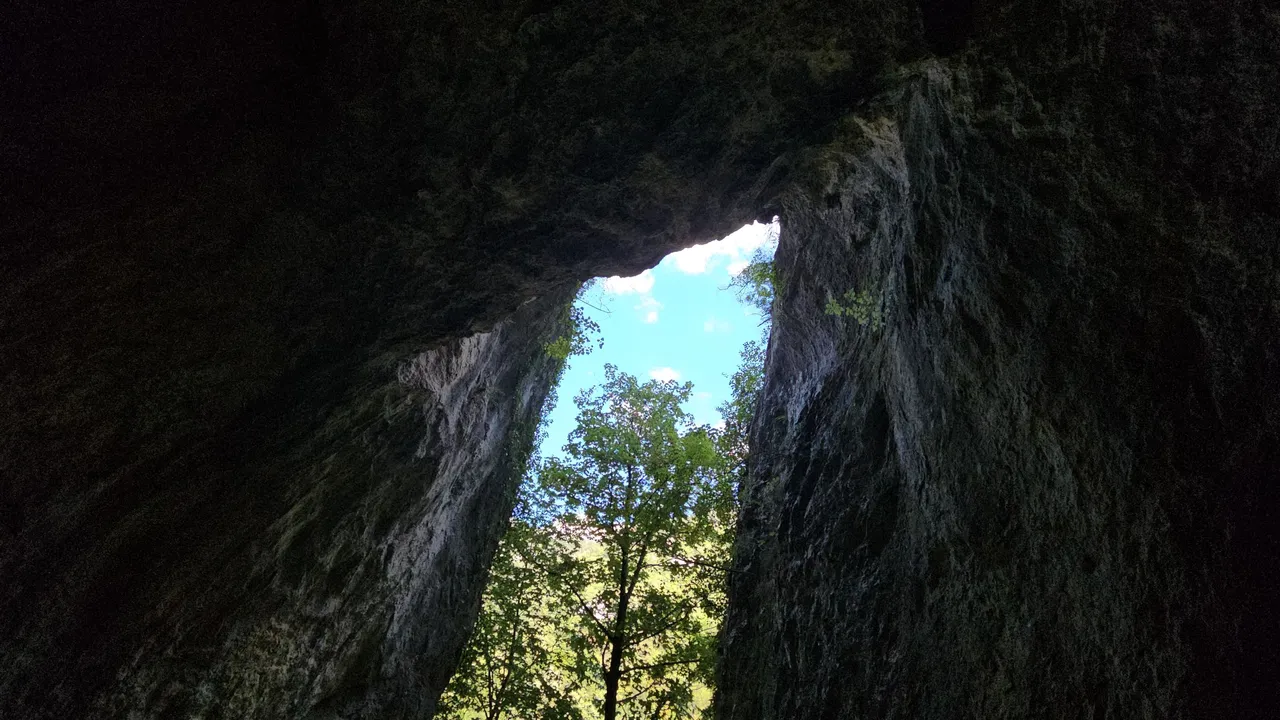
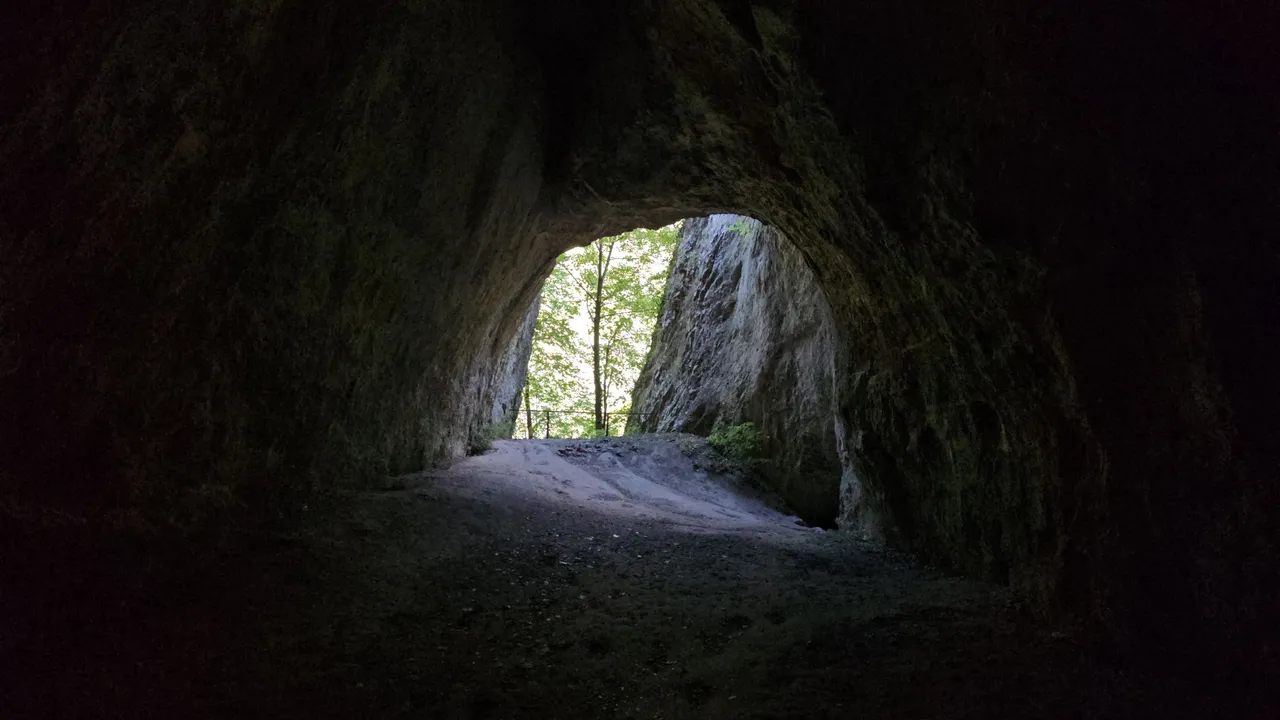
My dears, the exploration of this amazing place has come to an end, I hope you spent beautiful moments with me visiting this place, Băile Herculane.
THE END!
If you liked what you saw and read here please don't forget to give a LiKe, Follow, reBlog or a Comment, for all this I thank you, and until the next post I say goodbye.
P.S. The attached picture you have just seen are taken by me with my mobile phone(Samsung Galaxy S21), and the text is also designed by me.
Yours @triplug😉
[//]:# (!worldmappin 44.88845 lat 22.42272 long Let's discover the charm of Băile Herculane(Herculane Baths): from the Imperial Neptune Baths to the Apollo Baths Museum and the Outlaws' Grotto d3scr)